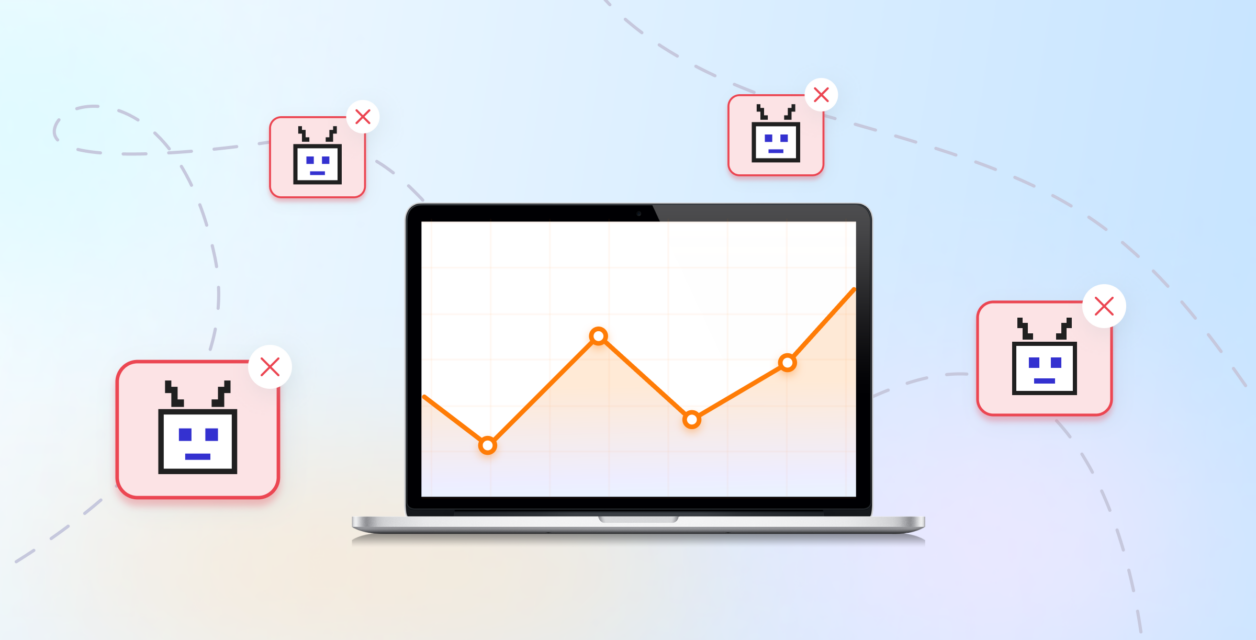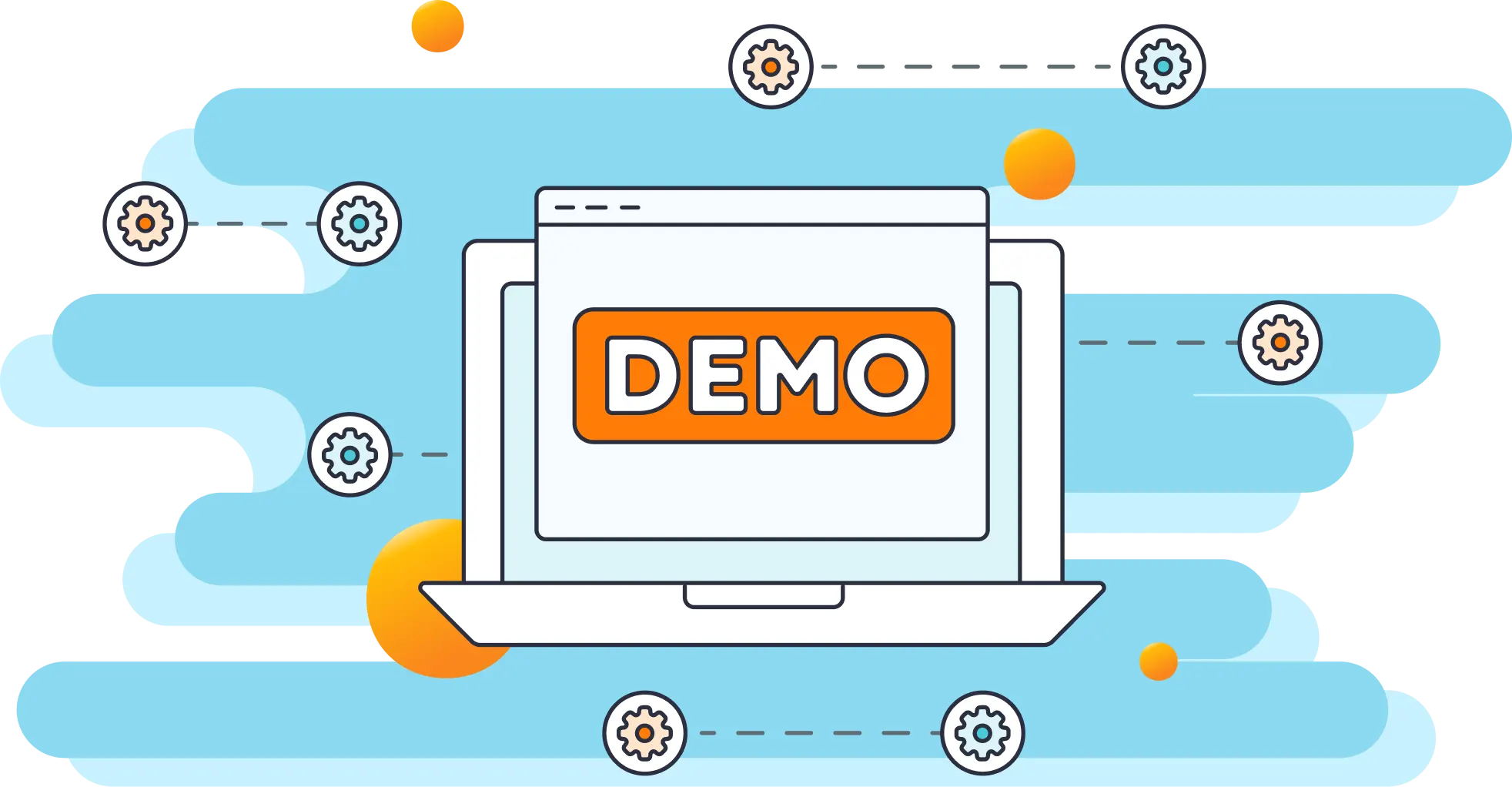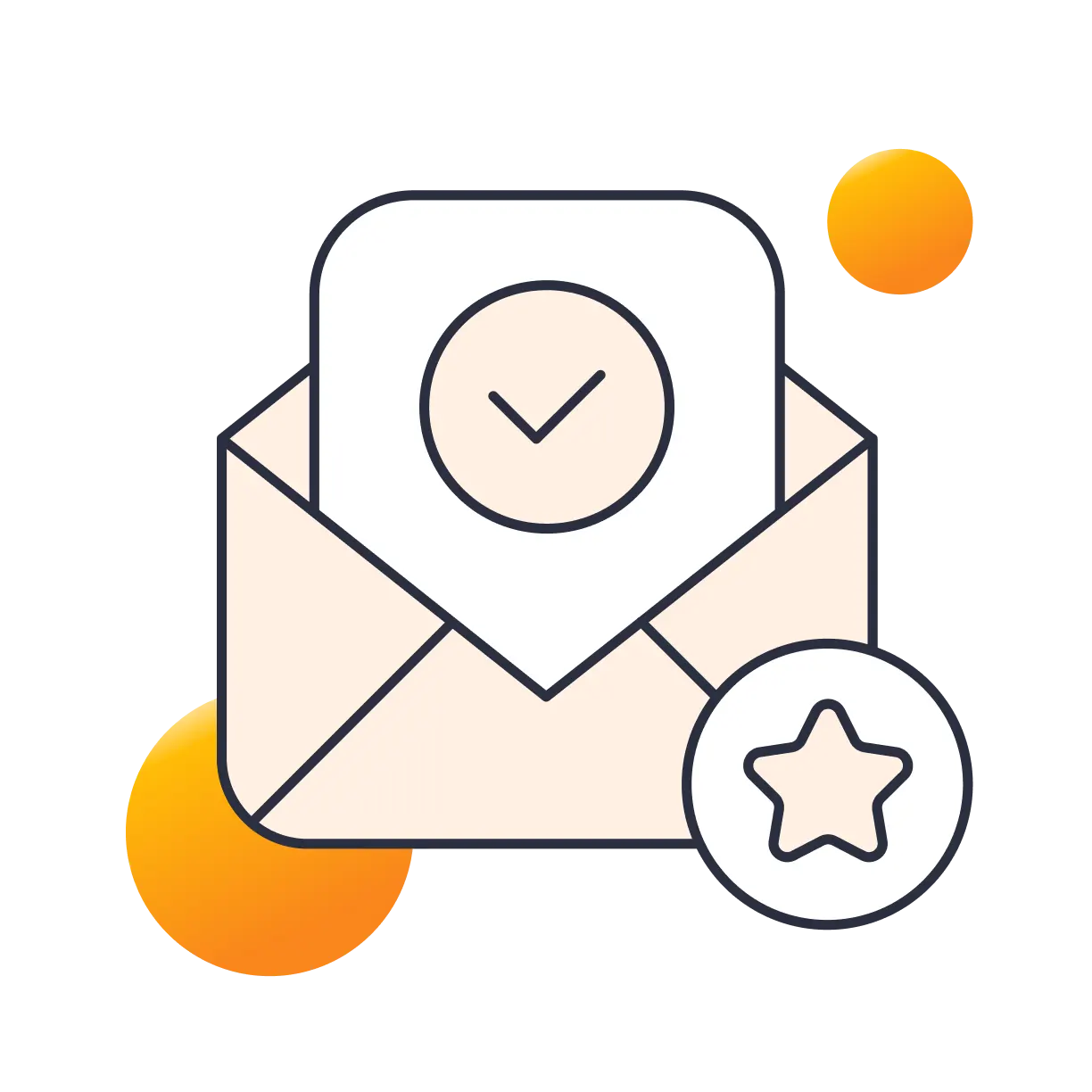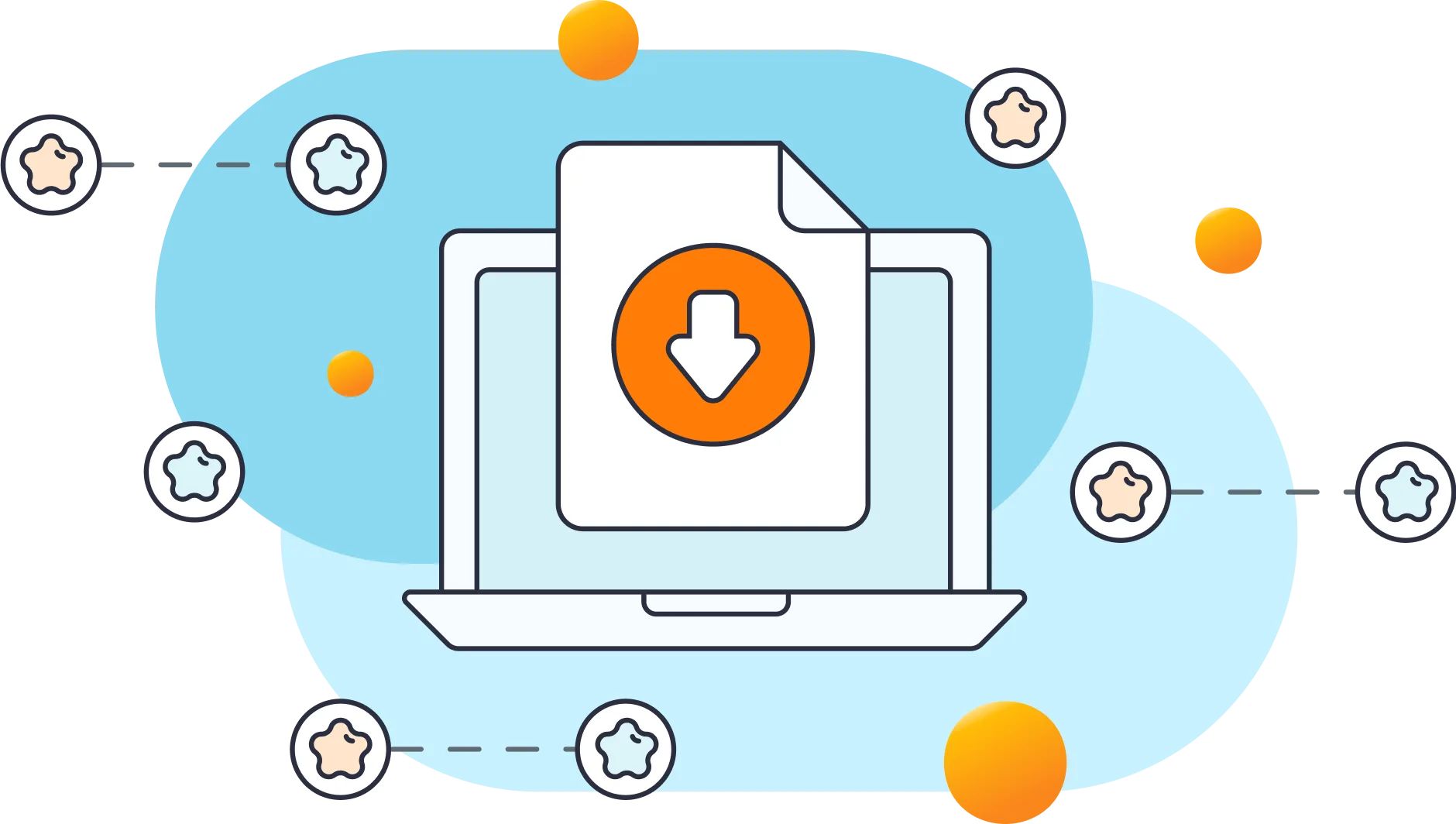Bot traffic refers to automated visits to websites performed by software applications, commonly known as bots or spiders. These bots crawl the web to index content for search engines, monitor website changes, or perform various tasks such as spamming, scraping data, or launching cyberattacks. While some bots serve legitimate purposes, others can cause harm by consuming bandwidth, slowing down websites, or compromising security. Understanding the nature of bot traffic is crucial for website owners to effectively manage and mitigate its impact. Let's explore how you can block bot traffic in WordPress.
Key Bot Traffic Statistics to Know
- Bots accounted for 47.4% of all internet traffic in 2022.
- In 2021, 42.3% of online traffic was generated by bots.
- People generated 52.6% of all web traffic.
- Bad bots generate 30% of automated traffic.
- Good bots generate 17.3% of all internet traffic.
- Most Bat bots—66.6%—are elusive.
- Over half of bad bots are sophisticated.
- Around 33.4% of all bad bots can be classified as simple.
- Approximately 15.4 percent of the bad bots present a moderate level of threat.
(Source: Security Magazine)
Importance of Blocking Bot Traffic in WordPress
Blocking bot traffic in WordPress is essential for maintaining the integrity, performance, and security of a website. Unchecked bot traffic can lead to increased server load, higher bandwidth consumption, and reduced website speed, negatively affecting user experience and search engine rankings. Moreover, malicious bots can exploit vulnerabilities, compromise sensitive data, or engage in fraudulent activities, posing significant risks to website security. By implementing measures to block bot traffic, WordPress site owners can safeguard their websites against potential threats and ensure optimal performance for their visitors.
Process of Blocking Bot Traffic
The process of blocking bot traffic in WordPress involves several key steps aimed at identifying, mitigating, and preventing unwanted bot activity.
- Identify & Analyze: Website owners need to identify and analyze bot traffic using tools, plugins, or manual methods to understand its impact on their websites.
- Implement Various Techniques: These include configuring robots.txt file rules, utilizing specialized plugins such as limit login attempts reloaded, or implementing firewall settings to block known bot IPs.
- Implement best practices: This includes regular monitoring, updating security measures, and collaborating with other website owners can enhance the effectiveness of bot traffic management efforts.
By following these steps, WordPress site owners can effectively mitigate the risks associated with bot traffic and maintain the performance and security of their websites.
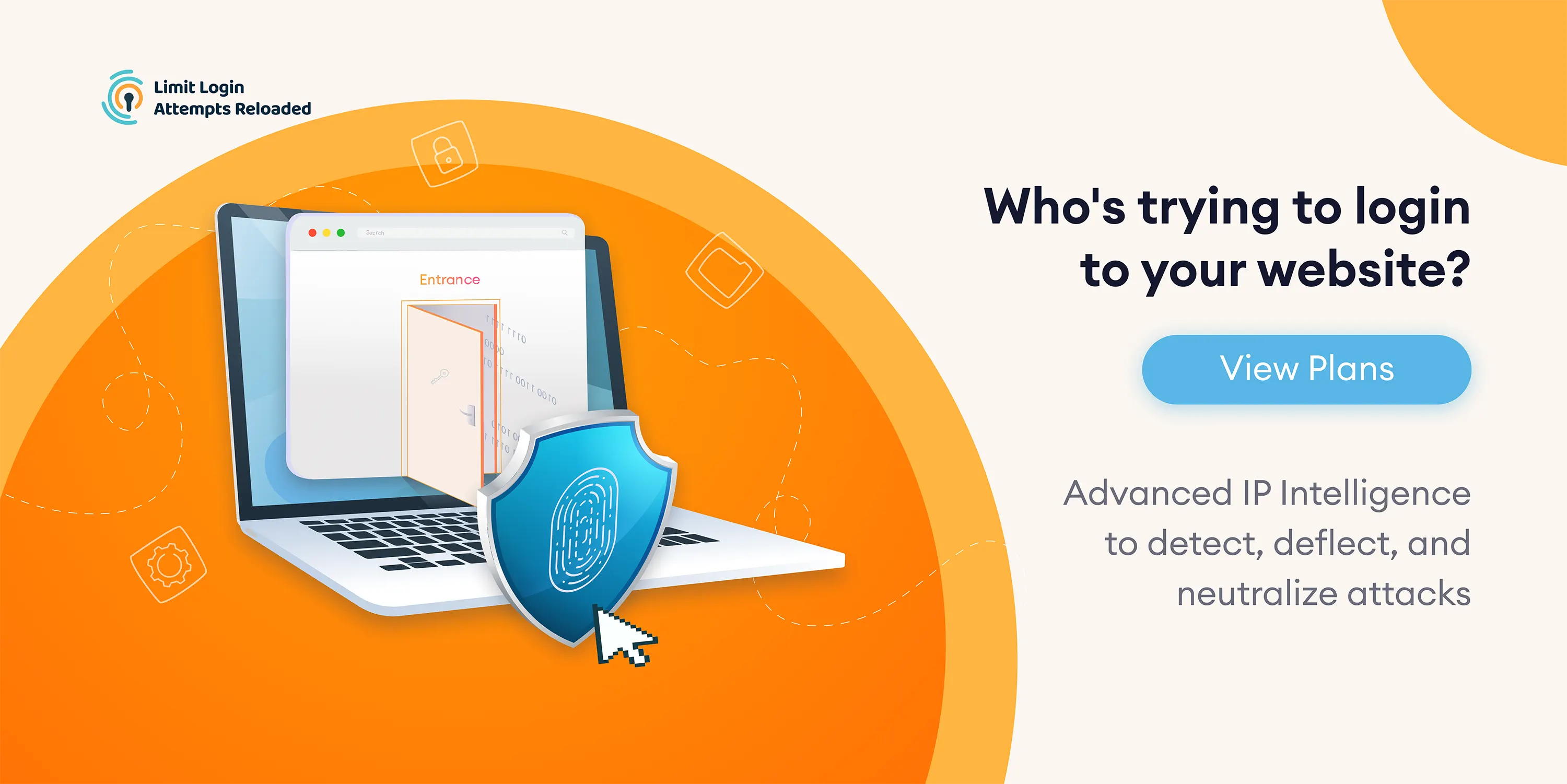
How to Identify Bot Traffic
Let's dive into the various methods of detecting bot traffic on your WordPress website, along with the tools available to aid you in this task.
Understanding Different Types of Bots
Bots come in various forms, each serving different purposes on the web. Search engine crawlers, such as Googlebot and Bingbot, index web pages to improve search engine results. Social media bots automate tasks like posting content or interacting with users on platforms like Twitter or Instagram. Scraper bots extract data from websites for various purposes, while spam bots inundate websites with unwanted messages or links.

Malicious bots, like DDoS bots or hacking bots, exploit vulnerabilities to disrupt services or compromise security. Understanding these diverse types of bots is crucial for effectively managing and mitigating their impact on WordPress websites.
Tools and Plugins for Identifying Bot Traffic in WordPress
WordPress offers a range of tools and plugins specifically designed to identify and manage bot traffic. Plugins like Limit Login Attempts Reloaded and Sucuri Security provide comprehensive security features, including bot detection and blocking capabilities. Google Analytics can also be used to analyze website traffic and identify suspicious patterns indicative of bot activity.
Moreover, specialized tools such as Botify or Moz Pro offer advanced insights into bot behavior and help website owners monitor and manage bot traffic more effectively. By leveraging these tools and plugins, WordPress site owners can gain valuable insights into their website's traffic and take proactive measures to block and mitigate bot activity.
Analyzing Website Traffic Logs
Analyzing website traffic logs is a fundamental aspect of identifying and understanding bot activity on WordPress websites. Website owners can access server logs or use web analytics tools to review detailed information about incoming requests, including IP addresses, user agents, and requested URLs.
By examining these logs, website owners can identify patterns indicative of bot traffic, such as unusually high request rates or repetitive access to specific pages. Additionally, analyzing traffic logs allows for the detection of suspicious behavior, such as attempts to access restricted areas or exploit vulnerabilities. This insight enables website owners to take appropriate measures to block or mitigate bot traffic effectively.
Plugins such as Limit Login Attempts Reloaded uses real-time IP data from thousands of websites to identify patterns of malicious activity. This type of automation can save time and resources for WordPress site owners for a small cost.
Hundreds of Agencies Across The World Use LLAR






Risks Associated with Bot Traffic
DataDome, a leading provider of AI-powered online fraud and bot mitigation, unveiled insights from its US Bot Security Report, which found that a staggering 68% of US websites are unprotected against simple bot attacks, highlighting how vulnerable US businesses are to automated online threats. In this section we'll explore the risks associated with bot traffic to WordPress websites.
Negative Impact on Website Performance
Bot traffic can severely hamper the performance of a website, causing slow loading times and decreased responsiveness. As bots continuously crawl through pages, they consume server resources, leading to diminished performance for legitimate users. This can result in higher bounce rates, lower user engagement, and ultimately, a negative impact on the overall user experience.
Increased Server Load and Bandwidth Consumption
The influx of bot traffic can significantly increase the load on web servers, as they have to handle a larger volume of requests. This heightened server load not only slows down website performance but also increases bandwidth consumption, potentially leading to additional costs for website owners. Moreover, excessive bot activity can exhaust server resources, causing downtime or service interruptions, further exacerbating the problem.
Threats to Website Security and Integrity
Bot traffic poses significant threats to the security and integrity of a website. Malicious bots can exploit vulnerabilities in website code or plugins, leading to unauthorized access, data breaches, or the injection of malicious code. Moreover, bots engaged in scraping or content theft can undermine intellectual property rights and damage the reputation of the website.
Spam bots can flood comment sections or contact forms with unsolicited content, compromising the credibility of the website and diminishing user trust. Overall, bot traffic represents a serious security risk that requires proactive measures to mitigate its impact and safeguard website integrity.
Methods to Block Bot Traffic
- Implementing robots.txt file rules: Utilizing the robots.txt file, website owners can specify which parts of their site should not be accessed by bots, effectively controlling bot behavior and reducing unnecessary traffic. This helpful guide can assist with making updates to your robots.txt file.
- Utilizing WordPress plugins for bot detection and blocking: WordPress offers a variety of plugins specifically designed to detect and block bot traffic, providing automated solutions to manage and mitigate potential threats.
- Configuring firewall settings to block known bot IPs: By configuring firewall settings, website owners can proactively block known bot IP addresses, preventing them from accessing the site and minimizing potential security risks.
- Manual blocking of suspicious IP addresses: Website administrators can manually block suspicious IP addresses identified through traffic analysis or security alerts, providing a targeted approach to mitigating bot activity and enhancing website security.
Best Practices for Bot Traffic Management
Let's explore some of the best industry practices by WordPress security experts.
Regularly Update Security Plugins and Firewall Rules
Regular updates to security plugins and firewall rules are essential to stay ahead of evolving threats posed by bot traffic. These updates often include patches for known vulnerabilities and enhancements to detection algorithms, ensuring that WordPress websites remain protected against emerging bot-based attacks. By prioritizing regular updates, website owners can fortify their defenses and minimize the risk of security breaches.
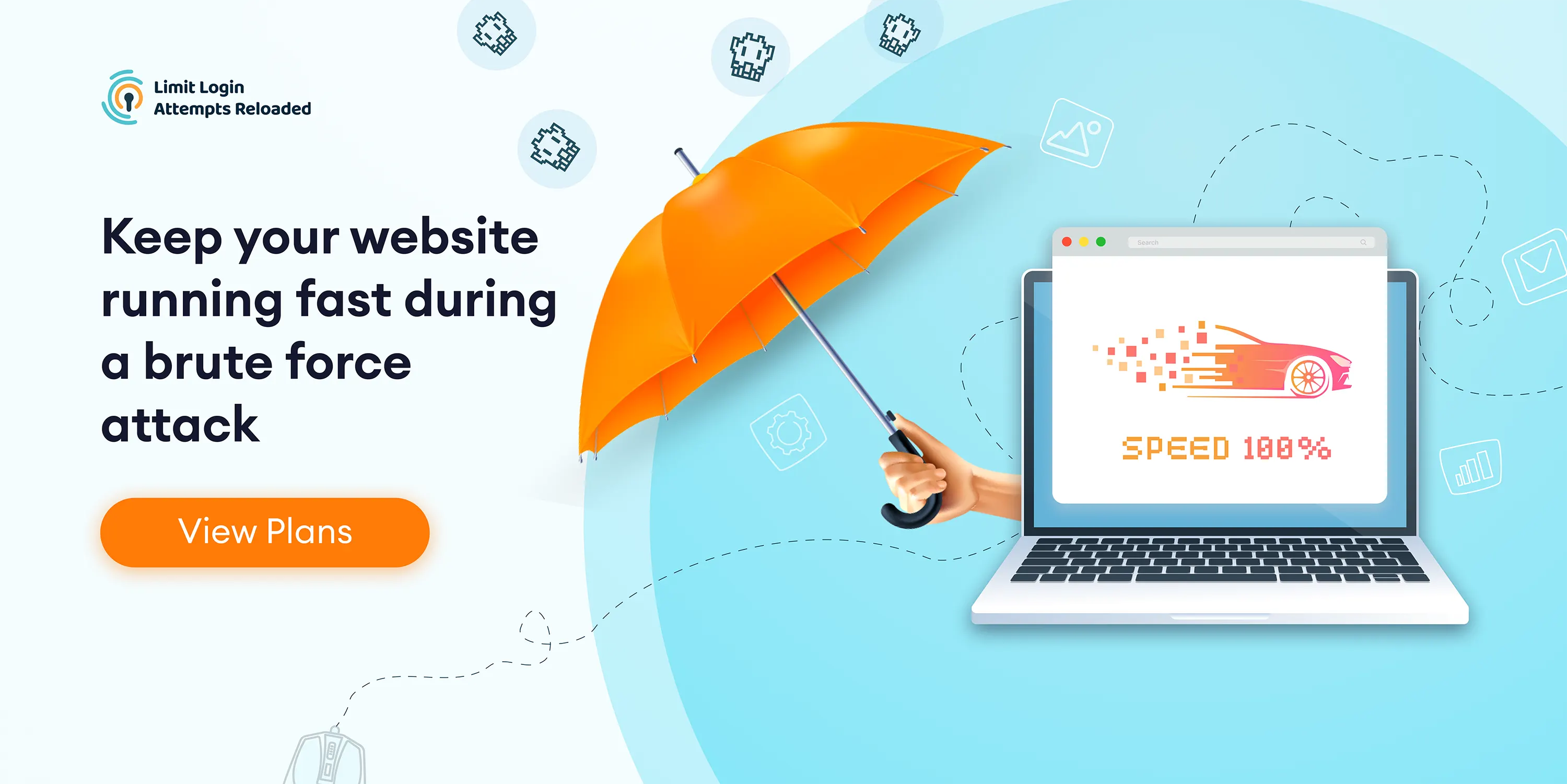
Monitor Website Traffic and Analyze Bot Behavior
Continuous monitoring of website traffic enables website owners to detect abnormal patterns indicative of bot activity. By analyzing bot behavior, such as frequent and repetitive requests or suspicious user agent strings, website administrators can identify potential threats and take proactive measures to block or mitigate bot traffic. Real-time monitoring tools and analytics platforms provide valuable insights into bot activity, empowering website owners to maintain the integrity and performance of their WordPress websites.
Utilize CAPTCHA and Other Authentication Methods
Implementing CAPTCHA and other authentication methods can effectively deter automated bot attacks targeting WordPress websites. CAPTCHA challenges require users to prove their human identity by completing tasks such as identifying distorted characters or solving puzzles, thereby preventing bots from accessing sensitive areas or submitting malicious requests. Additionally, alternative authentication methods, such as two-factor authentication (2FA) or biometric verification, add an extra layer of security to WordPress login systems, further mitigating the risk of unauthorized access by bots.
Implement Measures to Prevent Comment Spam
Comment spam poses a significant threat to the credibility and integrity of WordPress websites, often inundating comment sections with irrelevant or malicious content generated by bots. Implementing measures such as comment moderation, spam filters, or CAPTCHA challenges for comment submission can effectively reduce the impact of comment spam. Furthermore, utilizing anti-spam plugins specifically designed for WordPress can automatically detect and block spam comments, ensuring a clean and engaging user experience for website visitors while minimizing the workload for site administrators.
Final Take
In conclusion, the significance of blocking bot traffic in WordPress cannot be overstated. By mitigating bot activity, website owners safeguard their websites against performance degradation, security threats, and integrity compromises. Throughout this discussion, key methods and best practices have been outlined, including updating security plugins, monitoring traffic, implementing authentication measures, and preventing comment spam. Moving forward, it is crucial for website owners to prioritize bot traffic management to ensure optimal performance and security, ultimately enhancing the overall user experience and protecting their valuable online assets.
Frequently Asked Questions
Bot traffic accounts for 47.4% of all internet traffic according to Security Magazine.
Blocking bot traffic is crucial to maintain website integrity, performance, and security.
Effective methods include analyzing website traffic logs and using specialized tools.
WordPress site owners can mitigate bot traffic by implementing robots.txt rules, utilizing plugins, configuring firewall settings, and manually blocking suspicious IPs.

